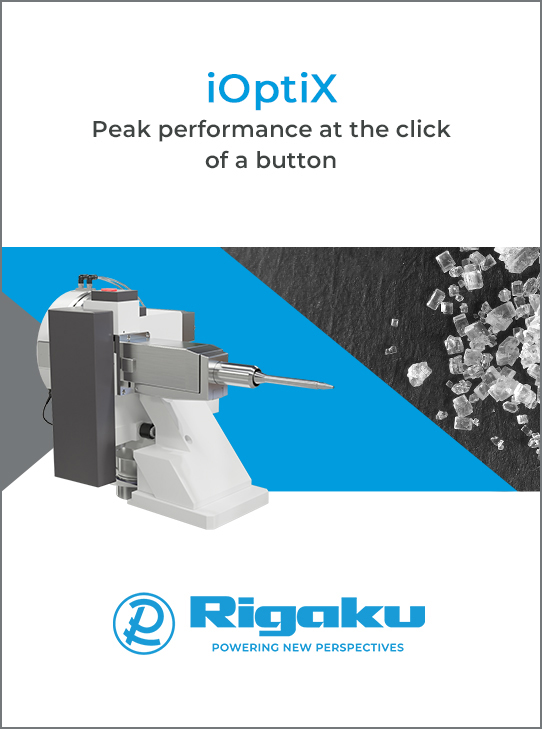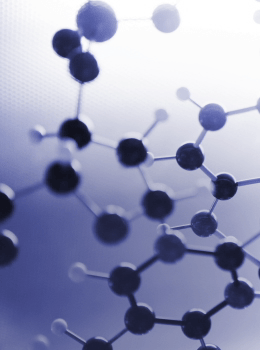


Obituary
S. K. Sikka (1942–2023)
![Thumbnail [Thumbnail]](https://www.iucr.org/__data/assets/image/0008/157562/Thumbnail.jpg)
Dr S. K. Sikka breathed his last on 21 June 2023 while visiting his children in Boston. This news saddened not only us high-pressure physicists but also the entire department of atomic energy India. He was not only an eminent scientist but was also a very wonderful and simple person. He was a great mentor and his enthusiasm even at the age of 80 was infectious.
Dr S. K. Sikka was born in November 1942 in the city of Jhang in undivided India. After his graduation from Punjab University he joined Bhabha Atomic Research Centre (BARC) when he was only 18 years of age. He started his scientific career under the mentorship of Dr R. Chidambaram. He held several key positions and went on to become the director of the Atomic and Condensed Matter Physics Group at BARC. In 2002, he chose to move to the office of Principal Scientific Advisor to the Government of India as its Scientific Secretary and later became a Homi Bhabha Chair Professor.
Dr Sikka was well known for his pivotal contributions to Pokharan-I and -II. He set up a laboratory with facilities for static pressure generation employing diamond anvil cells and shock wave generation with gas guns, which was the first such laboratory in India. Dr S. K. Sikka was not only an ace experimentalist but also an accomplished theoretician.
His early interests were in the crystal structure determination of hydrogen-bonded materials using neutron diffraction, neutron resonance scattering and neutron anomalous dispersion. His studies of the phase problem employing anomalous and direct scattering methods have been incorporated in the teaching aids of the IUCr. Some of his significant early work was on single-crystal neutron diffraction studies on potassium oxalate monohydrate at the CIRUS Reactor at Trombay BARC, India. It had been shown that this compound was the only reported structure in which neither of the lone pairs of the hydrogen-bonded water molecules was specifically directed despite the availability of metal ions in that structure. In fact the classification of the hydrogen-bonded water molecules with respect to their lone-pair coordination, proposed by his team [J. Chem. Phys. (1964). 41, 3616], is the most extensively used classification in related literature. Based on a modified Lippincott–Schroeder potential for the hydrogen bond, he explained why the shorter hydrogen bonds are less bent on average than the longer ones. His structure solutions of Cd(NO3)2.4D2O and Sm(BrO3)3.9H2O using anomalous neutron scattering and neutron resonance scattering using two wavelengths were the first reported applications of the use of thermal neutrons in the determination of the phase problem.
![[Fig. 1]](https://www.iucr.org/__data/assets/image/0009/157563/Fig.-1.png)
Due to his brilliance, Dr Sikka was requested to work in areas relevant to the departmental programs and thus started working on high-pressure behavior of materials. In the initial days the main interest was in the EOS data of materials. Based on the Saha ionization theory, he and his colleagues developed a model to compute the EOS of solids in the intermediate pressure region (500–1000 GPa) [Phys. Rep. (1983). 102, 121]. He worked on the high-pressure behavior of several actinides. However, apart from this, he also worked on basic research problems in the area of high-pressure science. He has a volume of work on the formation of omega phase in alloys and d-rich transition elements under static and shock pressures. His review article [Prog. Mater. Sci. (1982). 27, 245] on the "Omega Phase in Materials" is considered to be a textbook by researchers in condensed matter physics/materials science. He worked extensively on high-pressure-induced crystal to amorphous phase transitions [Prog. Mater. Sci. (1996). 40, 1]. Notable amongst his studies are those on negative thermal materials, quartz-like materials and different forms of carbon and silicon.
Dr Sikka served as a member of the Executive Committee of the International Association for Advancement of Research and Technology under High Pressure, and as a consultant to the IUCr Commission on High Pressure. He chaired the INSA committees for the IUCr and Committee on Data for Science and Technology and served as a member of the Asia Pacific Academy of Materials and on the editorial board of the journal High Pressure Research.
He was the recipient of several awards; notable among them were the H. K. Firodia award for Excellence in Science and Technology, M. M. Chugani Award for Excellence in Applied Physics by the Indian Physics Association and the fourth highest Indian civilian award, the Padma Shri. He was an elected fellow of the Indian National Science Academy, Indian Academy of Sciences and the National Academy of Sciences, India.
Dr Sikka was a former Chair of the Indian National Committee on Crystallography. For a list of his papers in IUCr journals click here.
Copyright © - All Rights Reserved - International Union of Crystallography







